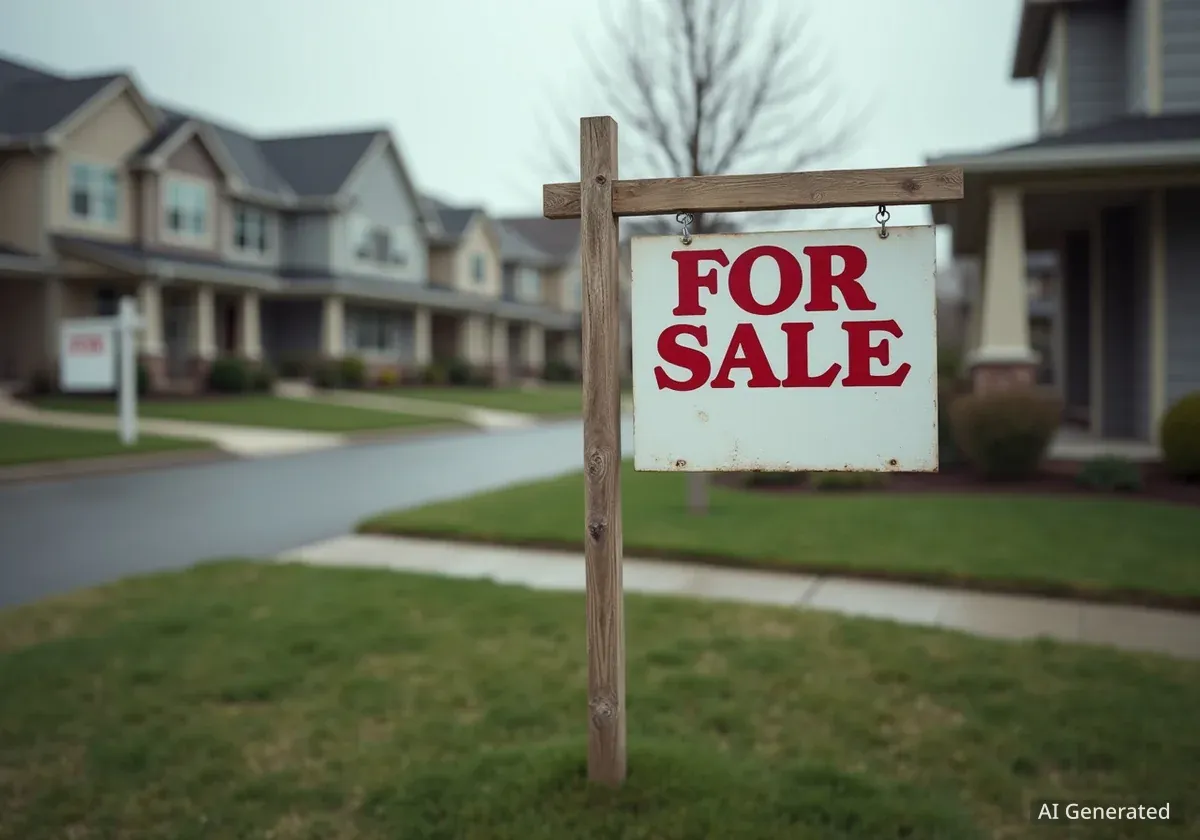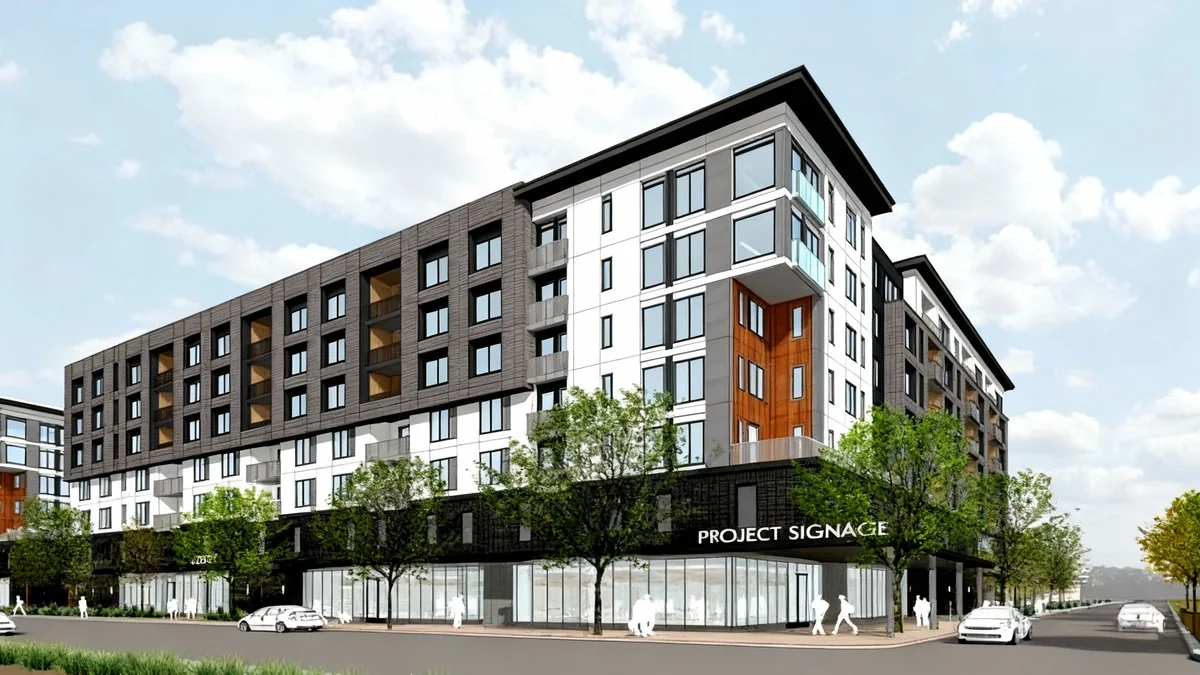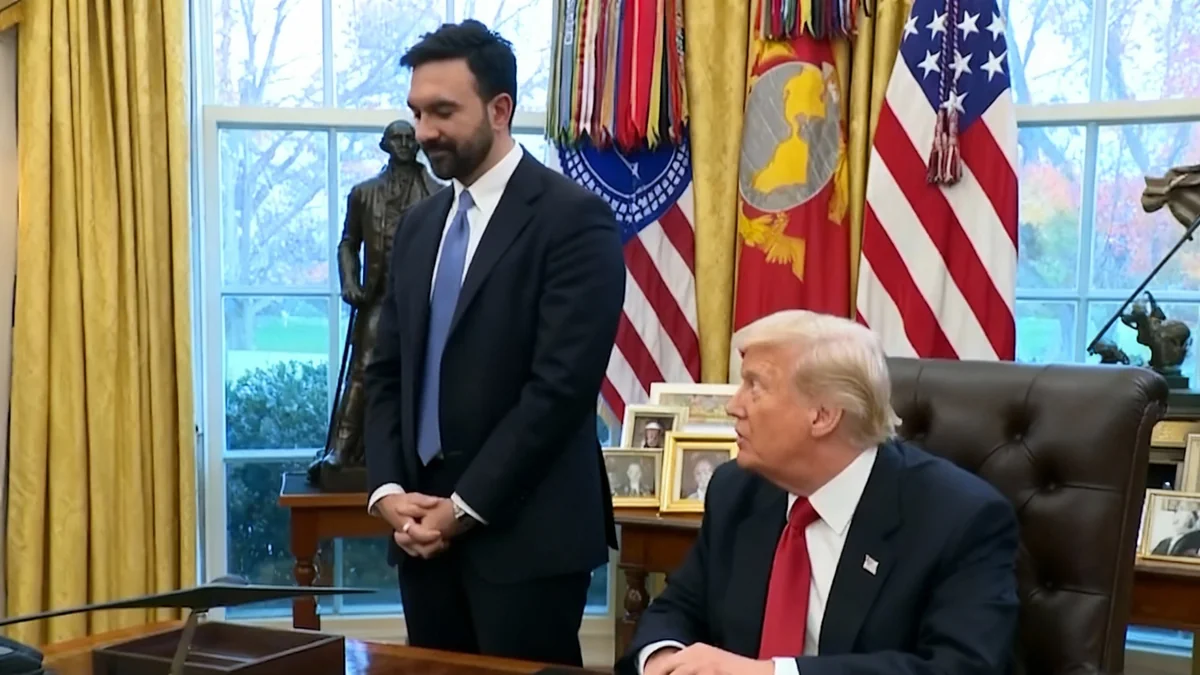The United States is facing a severe housing deficit, with estimates indicating a shortfall of between 5.5 million and 6.8 million homes built since 2001. This long-term underproduction, combined with rising construction costs, restrictive local regulations, and a mortgage rate lock-in effect, has pushed housing affordability to historic lows for many Americans.
Key Takeaways
- The U.S. has a housing supply gap of at least 5.5 million units, according to the National Association of Realtors (NAR).
- Key drivers of the crisis include restrictive zoning, rising construction material costs, and homeowners with low-rate mortgages being reluctant to sell.
- In 2022, the median home price in major metro areas was 5.6 times the median household income, a record high.
- Solutions being discussed include zoning reform, promoting adaptive reuse of buildings, and expanding smart financing options for buyers.
The Scale of the National Housing Deficit
A fundamental imbalance between housing supply and demand is at the core of the current affordability challenges in the United States. Decades of underbuilding have created a significant gap that continues to widen.
According to a detailed analysis by the National Association of Realtors, the country has accumulated a housing shortage of 5.5 to 6.8 million units since 2001. The precise figure varies based on the methodology used to account for factors like demolitions, household formation rates, and obsolescence.
By the Numbers: The Housing Gap
Different organizations have quantified the housing shortfall, but all point to a multi-million unit problem. Zillow's independent research estimates a deficit of 4.5 million homes, reinforcing the severity of the national inventory shortage.
This deficit is not an abstract economic figure; it directly translates into fewer available homes for purchase, increased competition among buyers, and sustained upward pressure on prices across the country.
Regulatory Hurdles and Construction Delays
One of the most significant barriers to increasing housing supply is the complex web of local zoning laws and permitting processes. These regulations often slow down or prevent the construction of new homes, particularly more affordable, higher-density housing.
Zoning and Permitting Bottlenecks
Industry reports consistently identify restrictive zoning codes as a primary constraint. Rules that limit density, mandate large lot sizes, and prohibit multi-unit buildings in single-family neighborhoods make it difficult for developers to build a sufficient number of homes to meet demand.
Beyond zoning, the permitting and approval process itself has become a major source of delay. According to data from Eye On Housing, the average time to complete a single-family home in 2023 was 10.1 months, with 1.5 months of that time spent on the authorization phase alone before any construction could begin.
"A 2024 survey by the National Multifamily Housing Council found that 70% of developers reported construction delays in the prior three months, and of those, 77% said permitting was a contributing factor."
These delays are not without cost. In Washington state, for example, research has shown that an average permit delay of 6.5 months can add tens of thousands of dollars in holding costs to a new home. These expenses, which include interest, insurance, and financing risk, are ultimately passed on to the buyer, further eroding affordability.
Economic Pressures on Housing Affordability
While regulatory issues limit supply, several economic factors are simultaneously driving up the cost of both building and buying a home. These forces have combined to create a challenging market for prospective homeowners.
Rising Construction Costs
The cost of materials and labor has surged in recent years. The National Association of Home Builders (NAHB) reports that construction costs accounted for 64.4% of the average price of a new home in 2024, an increase from 60.8% in 2022.
Since December 2020, the overall cost of building materials has risen by approximately 34%. This inflation makes it more difficult for builders to develop entry-level homes profitably, leading to a greater focus on higher-margin, luxury properties.
The Mortgage Rate 'Lock-In' Effect
A major factor limiting the supply of existing homes for sale is the "lock-in effect." Many current homeowners secured mortgages when interest rates were at historic lows. As of the first quarter of 2024, Redfin reported that 85.7% of mortgaged homeowners had an interest rate below 6%. These homeowners are financially disincentivized from selling their homes and taking on a new mortgage at a much higher rate, which keeps a significant portion of potential inventory off the market.
Home Prices Outpacing Wages
The gap between income growth and home price appreciation is a critical component of the affordability crisis. Data from the Harvard Joint Center for Housing Studies revealed that in 2022, the median sale price of a single-family home in the 100 largest U.S. metro areas was 5.6 times the median household income—an all-time high. This is a substantial increase from the price-to-income ratio of 4.1 recorded as recently as 2019.
This disparity is also reflected in the NAR's Housing Affordability Index. In June 2025, the index stood at 94.4, meaning a median-income family earned only 94.4% of the income required to qualify for a mortgage on a median-priced home.
Pathways to Addressing the Crisis
Industry leaders and policymakers are exploring a multi-faceted approach to tackle the housing shortage and improve affordability. The proposed solutions focus on increasing supply, improving financing, and encouraging market mobility.
Unlocking New Housing Supply
The most direct solution is to build more homes. Key strategies include:
- Zoning and Permitting Reform: Streamlining approval processes and updating zoning codes to allow for more housing density, often called "upzoning."
- Adaptive Reuse: Converting underutilized commercial properties, such as office buildings and retail centers, into residential units. This can often be faster and more cost-effective than new construction.
- Infrastructure Investment: Funding for roads, utilities, and transit to support the development of new housing communities.
Expanding Financial Tools and Mobility
Even with more supply, many buyers will need assistance. Proposed financial solutions include expanding down-payment assistance programs and exploring shared equity models, where a partner organization helps with the initial purchase in exchange for a share of the future equity.
To address the mortgage rate lock-in effect, ideas such as tax incentives for homeowners who downsize and the creation of programs for porting favorable mortgage terms to a new property are being considered. The goal is to encourage more existing homes to enter the market, providing more options for buyers and easing price pressures.





